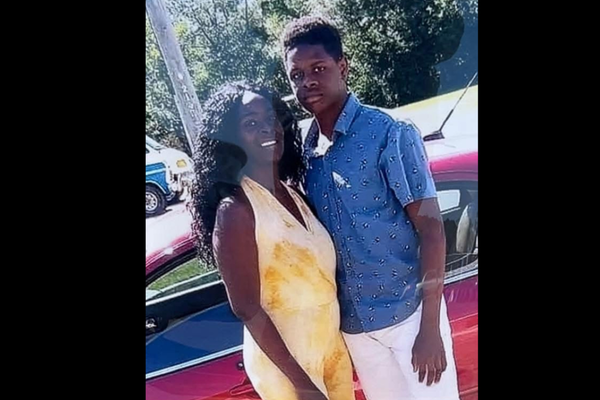In SEC v. Jarkesy, Chief Justice Roberts offers the Court's latest opinion on the Seventh Amendment. Although most of the attention will rightly go to the public rights discussion, I want to briefly note and recap a few thing from the Court's Seventh Amendment primer, especially related to law and equity. (My thoughts on this are informed by Equity, Law, and the Seventh Amendment.)
- The Court defines what the Seventh Amendment covers by starting in reverse, with what it doesn't cover. I.e., the jury trial right doesn't apply in equity or admiralty. The strategy is to figure out if it's in equity or admiralty, and if not, it's in law and the right applies. I think (with small exceptions for the prerogative writs) that that is exactly the right approach, and it avoids a fruitless search for precise historical analogies on the law side, where that search is hardest.
- The Court refers to claims as being legal in nature. That's precise–it's not just remedies, and it's not at the level of cases or suits. (Although the Court does go on, less precisely, to refer to "whether a suit is legal in nature.")
- The Court doesn't give a clear invocation of equity's exclusive jurisdiction. It would have been good for the Court to recognize the exclusive jurisdiction expressly, because it is analytically helpful–it marks out a zone where the remedy isn't relevant for Seventh Amendment purposes. E.g., if it's a breach of fiduciary duty claim against a trustee, it is irrelevant what remedy is sought–it's in equity's exclusive jurisdiction. But the Court does note that "some causes of action sound in both law and equity," which is a non-technical way of recognizing the concurrent jurisdiction of equity. So the opinion does seem to rest on the traditional structure.
- The Court, following Tull, clearly says that remedies that punish are not equitable and necessarily give rise to the jury trial right. That is correct, and Liu v. SEC could have been cited to strengthen the point. The only thing that's a little bit of an off note here is that the Court several times differentiates punishment from restoring the status quo. The status quo is important for preliminary injunctions (more on that in a paper I'm writing now), but it's not really important as a distinguishing characteristic of final equitable remedies. For final remedies, it's more precise to use Doug Laycock's formulation of the plaintiff's "rightful position." A court might move the plaintiff forward to her rightful position (e.g., expectation damages, the equitable remedy of accounting for profits, specific performance, some injunctions) or it might move the plaintiff back to her rightful position (e.g., many but not all claims of legal restitution, most tort damages, the backup compensatory damage measures for breach of contract such as reliance damages and in a narrower form restitution damages, equitable compensation). This possibility of forward or backward movement was recognized by Learned Hand in his student writing (!), and you can read more in the Ames, Chafee, and Re casebook on remedies. Bottom line here: some mischief could come from this if lower courts start associating "remedies that restore you to the status quo" with equity, because it's not a salient concept for final equitable remedies.
- One of the mysteries I discuss in Equity, Law, and the Seventh Amendment is that the Court has promulgated two contradictory tests for the Seventh Amendment, one in Terry and one in Monterrey, without recognizing the conflict. And the lower courts are confused. (The Monterrey test is clearly the better one.) It's fascinating that the Court in Jarkeshy restates the law of the Seventh Amendment without citing either one of these major Seventh Amendment cases.
- One last note. Rahimi is the big exploration of history and tradition by the justices (though not the only one this term). It's fascinating to me that not a single opinion in Rahimi cited or discussed the Seventh Amendment, which is a cautionary tale about searching for historical analogues to current practices. Whatever your theory of history, it needs to not be wrecked on the shoals of the Seventh Amendment–so you need to have it be possible to preserve a historical right (the text of the Seventh Amendment requires that, hence every theory does it in some way), while also recognizing how difficult and quixotic the search for exact historical analogues can be. Hence the need for good default rules and presumptions to guide the judicial decisionmaking, such as the rule that if it's not in equity or admiralty, it's in law and the jury trial right applies (back to point 1 above).
The post Six Points About Law and Equity in SEC v. Jarkesy appeared first on Reason.com.







